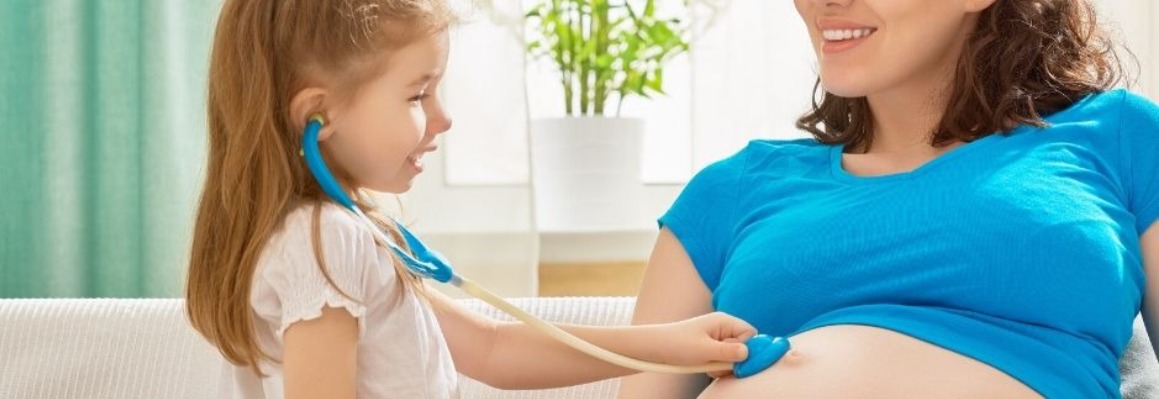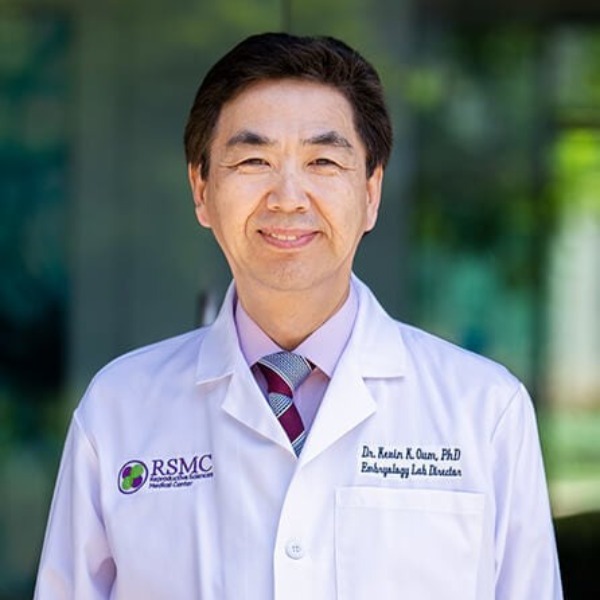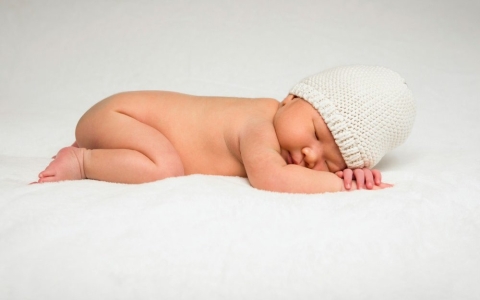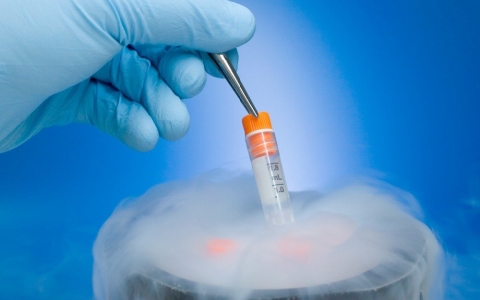Can Vitiligo Be Cured With Reproductive Technology?
Kyle Kuzma, power forward of Milwaukee Bucks, has proposed to his supermodel girlfriend Winnie Harlow, who suffers from Vitiligo, an autoimmune disorder that causes loss of pigment in patches of skin, which has led to a lot of discrimination to her before her fashion career took off. Michael Jackson, the pop superstar, also said publicly that he had Vitiligo. It's not just the look that is inflicted, but the mental. The progress of medical science now brings hope: can Vitiligo be prevented by reproductive technology so that the next generation can no longer suffer.

Reproductive Technology for Genetic Diseases: PGD
PGD (Preimplantation Genetic Diagnosis) is an assisted reproductive technology used to screen embryos for specific genetic diseases. During IVF, embryologists will take a small number of cells from the embryo for genetic testing to screen for healthy embryos to be implanted, preventing genetic diseases from the next generation. What is the difference between PGD and Preimplantation Genetic Screening (PGS)? They are similar but their purposes are different: PGS is mainly used to screen embryos for normal chromosome counts (e.g., Down's Syndrome, etc.), while PGD is designed to detect specific mutations or genetic disorders. Simply put, PGS focuses on chromosomal abnormalities while PGD focuses on specific genetic diseases.
PGD does not tackle polygenic diseases: Vitiligo, "three highs", psychiatric disorders, etc.
The triggering factors of Vitiligo are complicated, involving multiple genes and environmental factors. Although some patients have a family history, it is not determined by a single gene but a combination of genes. In addition, environmental factors (e.g. stress, immune system disorders, etc.) may also trigger Vitiligo. PGD technology is mainly used for the screening of monogenic genetic diseases, such as cystic fibrosis and thalassaemia. It is not likely to prevent or even cure Vitiligo through PGD since it's a polygenic disease and its related genes have not been fully identified.
The three highs (high blood pressure, high blood sugar, high cholesterol) are usually the result of polygenic impact and acquired environmental factors (e.g., diet, lifestyle). Therefore PGD is not able to essentially prevent or cure these diseases. Neither for psychiatric disorders (e.g., depression, schizophrenia) since their causes are also complex, involving multiple genes, environmental stress, and chemical imbalance in the brain. Although PGD excels in dealing with single-gene genetic diseases, there are still limitations in the application of PGD to Vitiligo, “three highs”, psychiatric disorders, and other polygenic or acquired diseases.

RSMC Helps Achieve Your Dream of Parenthood
RSMC has more than 30 years of experience in infertility treatment and the largest state-of-the-art laboratory in Southern California. We are proud of our PGS passing rate and pregnancy rate, which both far exceeds the national average. Also we boast the detailed examinations we give to our egg donors and surrogates. RSMC uses PGS/PGD to rule out chromosome abnormality to improve the quality of embryos and the pregnancy rate. RSMC also provides one-site medical care all the way from initial consultation to successful delivery, including cross-country coordination, newborn health management, and surrogate management to ensure a seamless journey. Take the first step now and schedule a free consultation online with our 24-hour multilingual team: Line / wechat: rsmctw (whatsapp: +1 858-342-6046).

Dr. Kevin Kiboong Oum
San Diego Lab Director in RSMC
Before joining RSMC as the Director of the Reproductive Laboratory, Dr. Oum worked for many years at the renowned Columbia University Fertility Center in New York. He gained fame in 1993 for his successful use of intracytoplasmic sperm injection (ICSI) and developed various unique techniques for Preimplantation Genetic Screening (PGS), embryo biopsy, and sperm sorting in the lab. His work on embryo development for Asian women has been particularly successful, leading Columbia University to invite him for collaborations in several research fields. Dr. Oum has dedicated his passion and energy to advancing reproductive medicine, including leading the development of vitrification techniques, which are now the best method for egg freezing. His endless exploration of blastocyst culture has led to the exclusive “three-liquid medium” blastocyst culture technique, significantly improving culture success rates to help more families achieve their fertility goals.
About Dr. Kevin Kiboong OumOther
-
2025/02/24others
What are the reasons behind failed blastocyst culture?
-
2024/11/20others
A Must-Read for Expectant Mothers: All About Down Syndrome Screening!
-
2024/11/06others
How Men Can Face and Prevent Infertility: A Complete Guide



